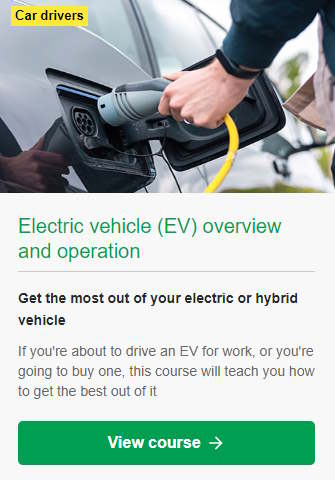Many potential electric vehicle owners are put off by the range and charging options. However, most new EVs have several hundred kilometres of range and there are more and more charging stations and charging options available.
Despite this, most EV owners will suffer ‘range anxiety’ occasionally – it’s the worry you won’t make it to the next charging point and you’ll be stranded in the middle of the night with no phone reception. Let’s say that a driver can make a journey one way. On the return journey the range on an EV can be sapped by hidden factors that the driver doesn’t realise.
- A few kilometres an hour faster uses more battery power
- Tiredness will make it harder to use all the tips and tricks to improve range
- It’s a headwind, creating more resistance
- The final destination is higher in elevation (for example, if you drive from Taupo to Napier, you drop over 350m, so on the way back, you are climbing those extra 350m, plus the prevailing wind is frequently against you).
- It has rained, meaning that there’s more rolling resistance fighting against the tyres.
So, how can you get the best range from your EV?
Smooth driving
The easiest way to improve your range is to do less accelerating and braking as that’s where you use the most energy. The way to do that is to anticipate what’s going to happen ahead of you, particularly for traffic lights – there’s no point in racing away at a green light when you can see the next one up the road is likely to be red.
Use the brake regeneration to charge your battery. Braking early and gently (or coasting with battery regeneration) gives the best flow of power back into the battery; braking hard can exceed the charging capacity of the battery.
Take the smoothest line through the corner. This usually means a wider line into the corner, cutting to the apex, then a wide line out. This allows you to carry more speed through the corner. However, this is more risky because you put your vehicle closer to the centre line and therefore increase the risk of hitting another vehicle.
Keep your distance
Tailgating forces you to brake and accelerate more frequently. If you are 50m behind the vehicle in front and they slow down so that you end up 10m closer to them, you are still 40m behind, or 20% closer. However, if you were only 20m behind to start with, you’ve now halved the gap and that would cause you to brake. As the vehicle ahead speeds up again, you accelerate, robbing your battery of power.
Coast downhill
Use downhill stretches to help put charge back into the battery. Brake gently or coast. If you can manually control your regenerative braking level, change the
Don’t use cruise control
Cruise control will keep your vehicle at a specific speed despite the road conditions, and that’s not necessarily the most economical way to drive.
Limit your speed
Wind resistance increases exponentially in relation to speed. If you double the speed, you quadruple the wind resistance. If you would usually drive at 100km/h, driving at 90 or 80 will give you much more range. However, don’t be a hazard for other vehicles.
Pump up your tyres
Ensure that your tyres at at least at the recommended pressure. You can even go a couple of PSI higher, but bear in mind that this will reduce your grip in wet weather as less tyre will be in contact with the road. The fact that less tyre is in contact with the road is why it uses less power from the battery: the rolling resistance is less.
Delay travelling if the traffic or weather are bad
Bad traffic can mean inefficient stop-start travel, while bad weather can include strong winds and rain, both of which are not ideal. Cold weather can also mean reduced battery performance. Waiting it out can help the range.
Choose eco mode
If your car has a mode which prioritises economy, turn it on.
Turn off auxiliary features
Anything you use in your vehicle that requires electricity will be using the battery. This includes the air conditioning, heater, heated seats, radio, and heated rear window. If you can, turn down your dashboard lights. Don’t use high-beam headlights. Don’t charge your phone. These won’t make kilometres of difference but combined could give you an extra few hundred metres that gets you to your destination.
Keep your windows rolled up
At low speeds, having your windows open does not make much difference, but at higher speeds, it creates a lot of wind resistance.
Make a detour
If you can make a detour to a charging station, that might be the safest option.


